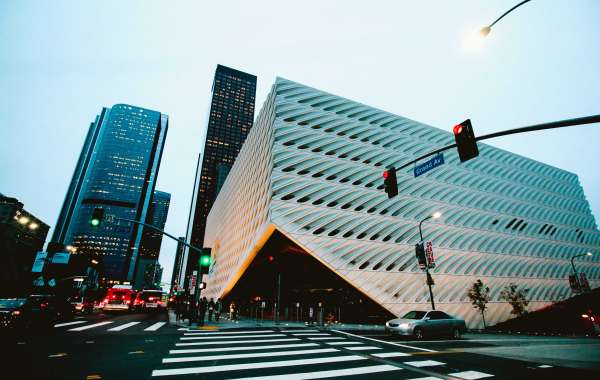
The Philippines' Infrastructure and How it Affects the Country's Economic Growth
Introduction: What is the Philippines' Infrastructure?
The Philippines is the only country in Southeast Asia that has a predominantly English-speaking population. The country's infrastructure, however, is not as developed and sophisticated as those in other Southeast Asian countries.
In the Philippines, the primary modes of transport are buses and jeepneys. These vehicles are usually old and lack basic amenities such as air conditioning. The roads are poorly maintained, which leads to traffic jams during peak hours.
The electricity supply is irregular with frequent power outages due to aging infrastructure. There are also water shortages due to limited access to clean water sources for domestic use or for irrigation purposes.
What are the Challenges Facing the Philippines' Infrastructure?
The Philippines has been experiencing rapid economic growth. As of 2017, the country has a GDP of $314 billion, with a 6.2% annual economic growth rate.
But it is not all good news. The country faces some major infrastructure challenges and problems, which are holding back its economy and making it difficult for people to get around the country efficiently.
How Can The Philippines Improve its Infrastructure to Boost Economic Growth?
The Philippines is a developing country. It has a lot of potential to grow and become an economic powerhouse but it needs to improve its infrastructure first. The country's poor infrastructure is one of the main factors for the lack of economic growth.
People in the Philippines have been waiting for years for improvements in the transportation system and other infrastructure, but they are still waiting today. This is because, while there are many plans that are being made by government agencies, there has been no action yet.




